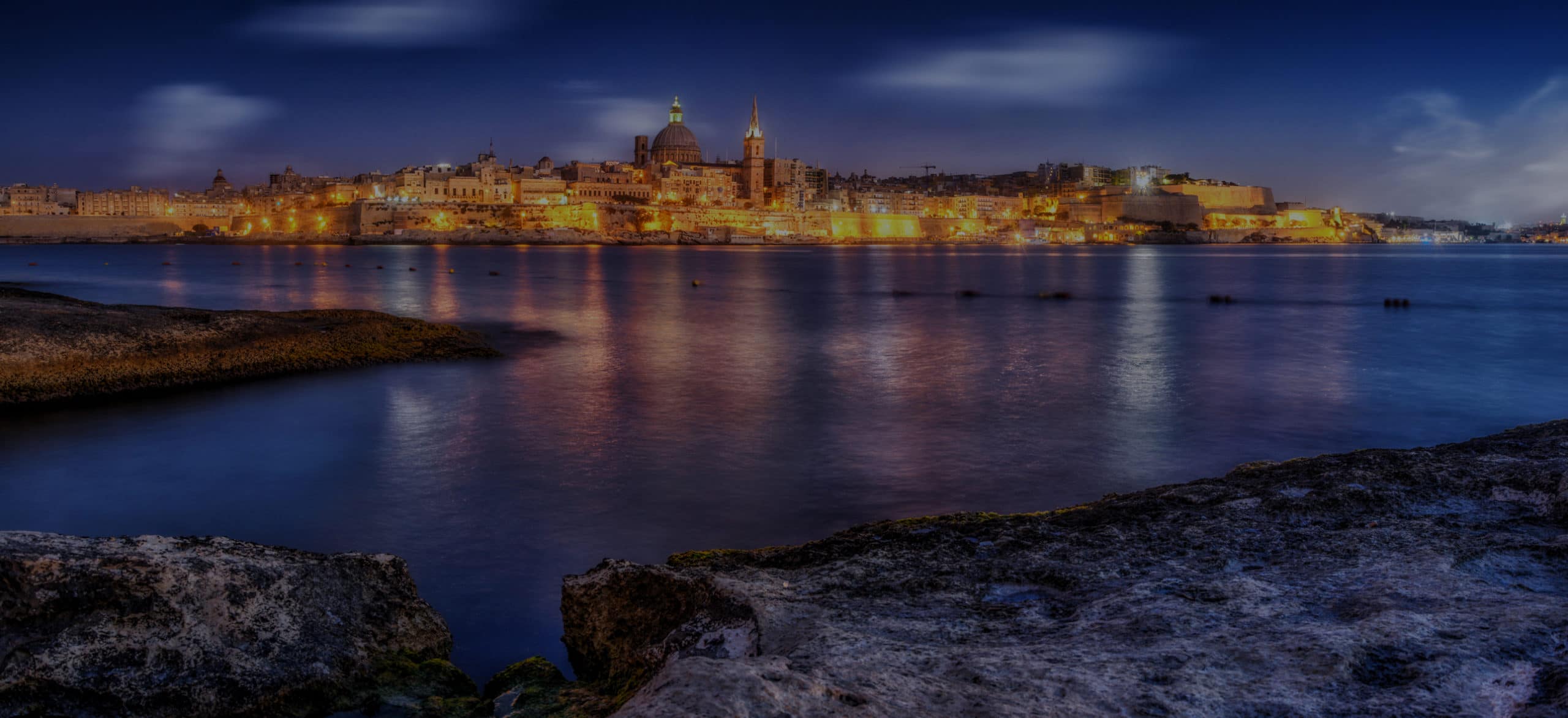Cruise Ships Go Green
Like other international shipping service providers, any Maltese Shipping Agent will welcome the increase in the number of cruise ships that will be powered by LNG (Liquefied Natural Gas). Some relief from carbon emissions will already be noted from January 2020 when the IMO low sulphur fuel cap comes into force. For all their graceful lines, the welcome they get in ports and the business they generate, cruise liners have attracted negative publicity as some of the world`s worst carbon polluters. It is not hard to see why. The amount of energy consumed by a typical bulk carrier, tanker or container ship pales into insignificance compared with the 5,000+ passengers and crew on some of these giant floating hotels.
A report in the Times of Malta of 28 August will have made sober reading for the cruise lines` respective shipping agent. The report was compiled by the German Nature and Biodiversity Conservation Unit (NABU) which embarked on this project in December 2016 to raise awareness of the ecological impact of these vessels in the Mediterranean. The unit studied the emissions impact of 90 cruise ships, 21 of which were to call, often on several occasions, even weekly, in Grand Harbour in 2019. Calls by cruise ships equipped with exhaust scrubbers amounted to just 33; the rest, 122 were by some of the worst pollutants. Aida came on top with its latest LNG powered AIDAnova. Last placed was MSC whose ships are to call 17 times.
The outlook beyond 2020 is extremely good; many cruise liner companies are going to, literally, clean up their act and improve their image with customers and stakeholders in the ports they visit. LNG, which is the primary driver of this revolution is natural gas extracted from the earth that is super cooled – liquefied, to make it easy to store, transport and supply. It is odourless, colourless, non-corrosive and non-toxic. It is gentler on ship engines and less harmful to the environment, albeit there being some concern from methane emissions. Methane is several times more harmful to the atmosphere than carbon.
While it is not difficult to install exhaust scrubbers in older hulls, in the case of LNG owners prefer new ships to conversions; because of its lower density LNG requires custom made engines and larger fuel tanks. At this stage of LNG evolution, cruise and other ship owners have to liaise with a shipping agent to manage bunkering at ports equipped with this facility. Such ports are currently limited in number but this will improve with time.
Owners will have the option of bunkering ex-quay from tanker lorry, fixed shore facility or STS (Ship to Ship) from LNG tankers which can connect with the ships at designated ports without affecting their itinerary or interrupting passenger programmes. Long voyages such as world cruises would require careful planning; even for shorter voyages, some LNG cruise ships are designed to run on diesel as a pilot fuel in case of engine failure.
The Carnival Group is leading the LNG revolution on cruise ships. It first raised the bar with AIDA Cruises, its German market cruise line. AIDAprima and AIDAperla were designed to use LNG in port. The ship that followed in 2018, AIDAnova, runs entirely on LNG. Carnival now has ten LNG cruise ships on order for service with different companies within the group. Its second LNG cruise ship, Costa Smeralda will join Costa Crociere in October. MSC, Royal Caribbean, TUI and smaller ‘expedition’ lines have also ordered LNG ships. AIDA will take delivery of sister ships to AIDAnova in 2021 and 2023.
AIDAnova has already bunkered at the LNG facility at Barcelona, one of the main cruise homeports in the Mediterranean and has also been refuelled (STS) by Shell`s Cardissa, one of 18 LNG bunkering tankers that are in service or on order in the world. Apart from Barcelona, Palma and Venice, other Mediterranean ports are establishing their own LNG bunkering stations.
AIDA Cruises has also signed an agreement with Corvus Energy, a Shell company associate to install lithium-ion storage batteries on its ships. The company plans to switch to electrical power for engines and auxiliaries when its ships are in port. Ships delivered to AIDA since 2000 are already able to connect to electrical power from shore facilities (cold-ironing) where these are available to eliminate harmful emissions in harbour.
Other cruise lines such as MSC, Royal Caribbean, TUI and smaller ‘expedition’ lines have ordered LNG ships; half of all new buildings will burn this fuel. LNG, a fossil fuel, will not be the last word towards achieving the goals of reducing global warming and slowing climate change. The cruise liner industry will eventually have to change over to zero emission fuels such as hydrogen.
All these developments are of particular interest to Valletta Cruise Port (VCP), part of Global Ports Holding, which will handle over 800,000 cruise passengers in Grand Harbour in 2019. VCP has a leading role in the Malta Cruise Network Forum which brings together all the stakeholders in the industry, including every shipping agent.

